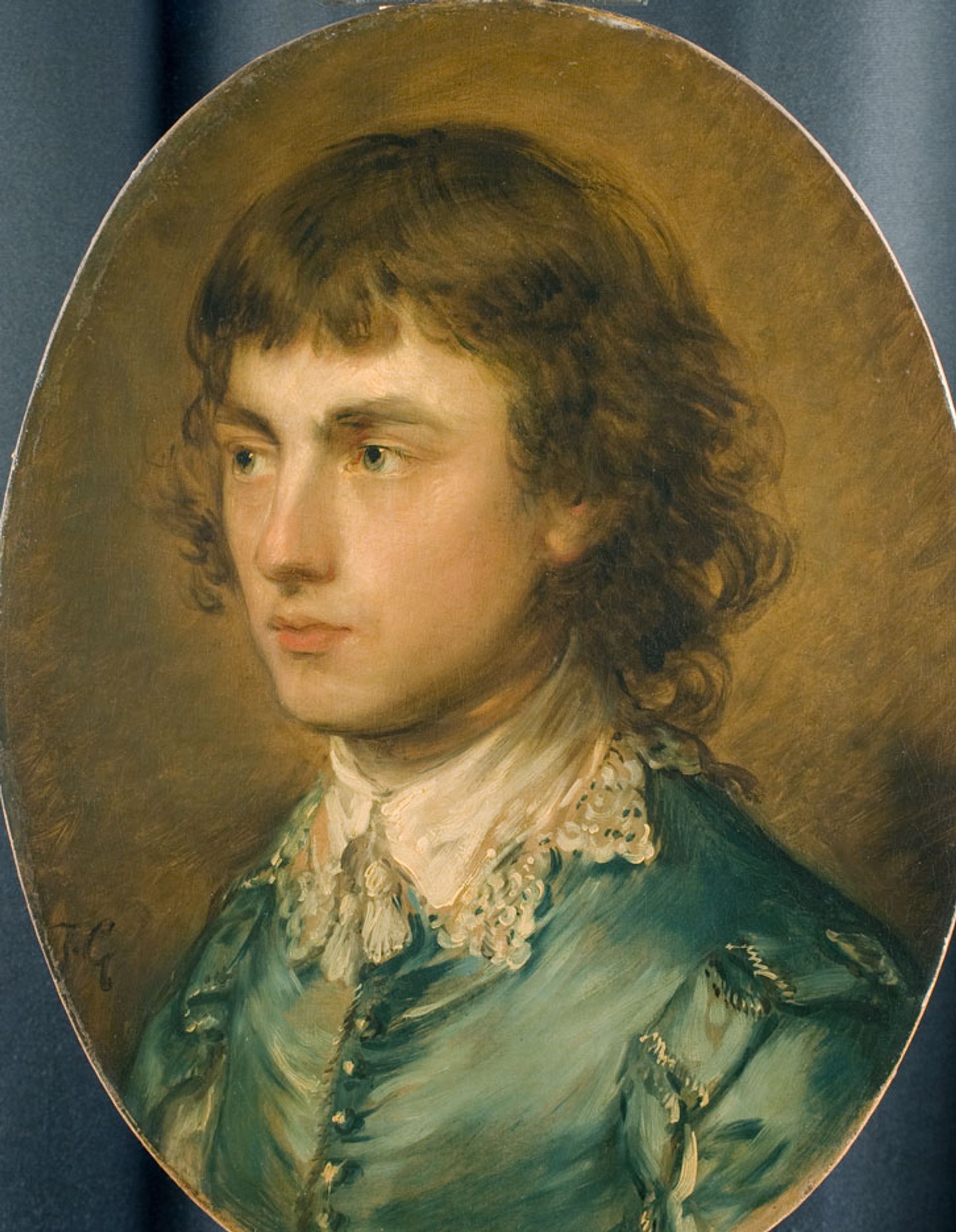The surprise, when more than a century of yellowed varnish was removed from Thomas Gainsborough’s tender portrait of his young nephew, was not that the gorgeous satin jacket came up sparkling like a blue summer sky, but that the artist had included little flecks of blue in the handsome teenager’s hair and even eyebrows, and as a last touch added the highlights to his nose and forehead. The portrait is again as captivating as when the artist’s friend Philip Thicknesse first saw it in Bath in 1773, and called it “the finest head he ever painted”.
The painting has been specially conserved for the Gainsborough’s Family Album exhibition, opening this week at the National Portrait Gallery in London (22 November - 3 February), after discussions between the gallery’s curators and conservators, and the experts at Waddesdon Manor where it has been one of the treasures since Alice de Rothschild paid £4,500 for it in 1910. It is being loaned from the house for the first time in a century.
The restoration of the quality of the work which helped make Gainsborough’s reputation as a portrait painting—Thicknesse called it “more like the work of God than man” and insisted the artist took less than an hour to create a small masterpiece—is a happier discovery than the last revelation of the brutal murders in the his background, reported in the Art Newspaper.
“It was a joyous project”, the conservator Polly Saltmarsh says. “It was basically in excellent condition, with only a few tiny paint losses, but the discoloured varnish had dulled the brilliant colour and the effect of the quick brush lively brush strokes, and the highlights which bring the whole face alive. It was an absolute pleasure to work on it.” The detailed study of the canvas suggested that the last conservation work was probably in the 19th century, when the canvas was lined and given a coat of varnish which had discoloured and become matte in places.

Portrait of Gainsborough Dupont by Thomas Gainsborough before treatment National Portrait Gallery London
Pippa Shirley, the head of collections at Waddesdon, says the work had not only revealed the full beauty and luminosity of the composition, but thrown new light on Gainsborough’s technique and the way he used paint. “We always learn new things when paintings are in the conservation studio, and this project has been no exception.”
Gainsborough Dupont was the son of a carpenter who became his uncle’s apprentice and only studio assistant, and eventually a respectably talented artist himself. The painting was first a gift to Thicknesse, who called it “more like the word of God than of man”. His uncle had given him such a noble air in his Van Dyck lace collar and fine jacket that after it passed into the aristocratic Bateman family collection, the portrait was wrongly identified for generations as of the 2nd Viscount Batemean, and was only correctly attributed in the last 20 years.
The exhibition, Gainsborough’s Family Album, gathers together dozens of paintings of his family and friends, many in private collections since they were made, and some on public display in the UK for the first time.
• Gainsborough’s Family Album, National Portrait Gallery London, 22 November - 3 February
• Early Gainsborough: from the obscurity of a country town, Gainsborough House Sudbury, until 17 February


